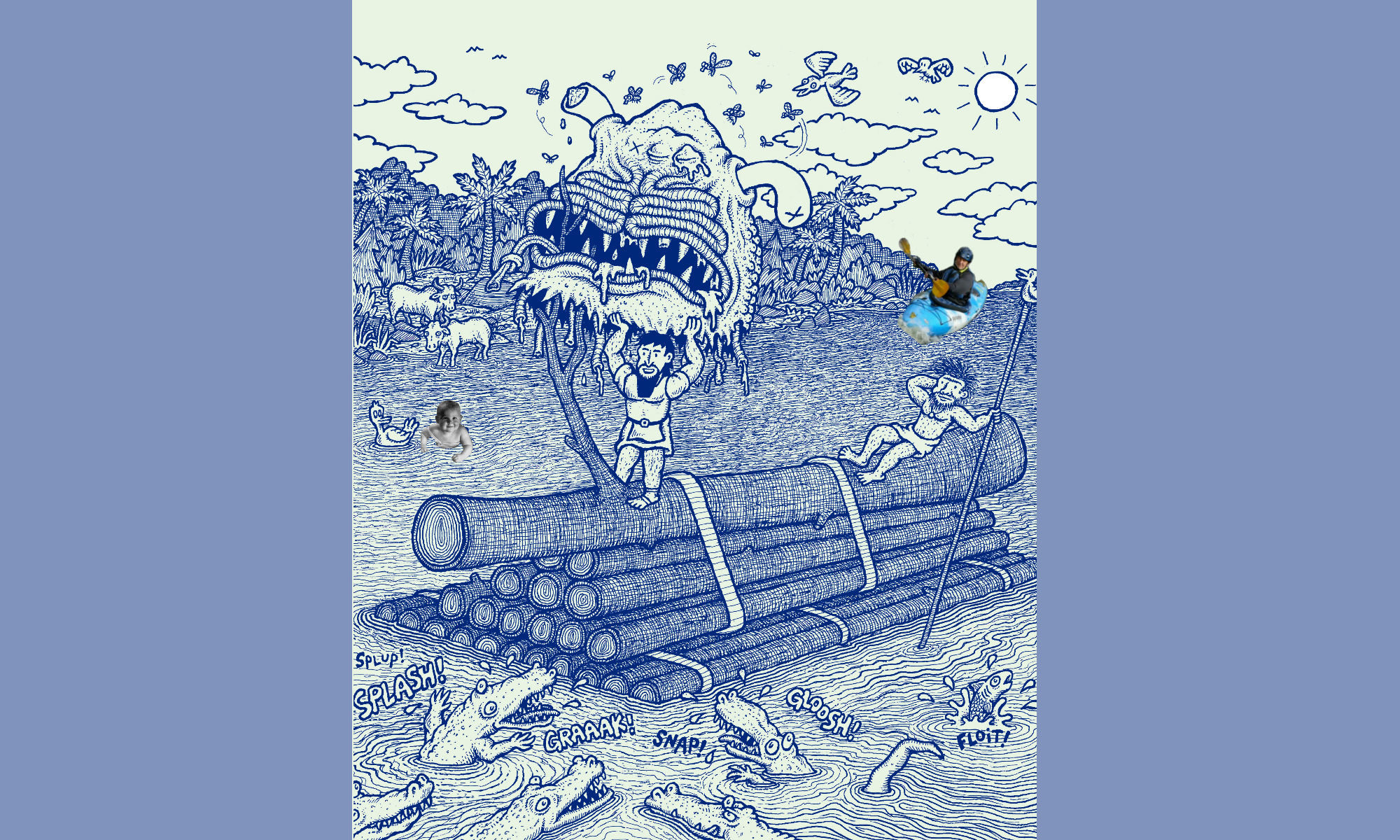h is for hyphen and d is for dash, and to write one for the other causes a
misreading as irritating as a typo or an ignorant mistake, like your for you’re, or its for it’s.
An exercise: In the purple sentence just below, a line of dialogue, their is only one
punctuation mistake, but it causes a glitch for an experience reader, so its time to get it write.
But before you go find it, the one punctuation misstake or mispelling, notice 1st how annoying the last seven glitches in this paragraph have been. {there, experienced, it’s, right, mistake, misspelling, 1st}
If you didn’t notice any of these in the above paragraph, run don’t walk to the nearest Writers’ Workshop and begin to get your literate self together. The language isn’t going to go away and it isn’t going to change much in your favor (alot maybe someday, and lie/lay confusions have just about changed), but in the main, it’s yours for life. Ask yourself: are ewe going to be an affective eweser of it and its’ written codes, or are you going to let it work against you, all life long? (See Rules, for discussion of how non-standard English can and will be used against you.)
Now, where’s the glitch in this line of dialogue:
“Anita, I’m a’finished, I’m a’done-try to keep the room somewhat liveable, okay? Hey, are those what you bought? Let me see!”
What’s a “done-try”? That’s the way it reads: a DONEtry, causing a quick going-back by the reader. How many of those do you think you can unload on an editor, or indeed, some poor old abused English prof? [The hypen ( – ) used in place of a dash ( — ) is the only mistake, in purple Anita above.]
The point: don’t use a hyphon where you mean to use a dashe.
The hyphen
A hypen is one of those little half-raised horizonal lines, looking a lot like a minus sign: -/+
The hypen is used to join combination words together: twenty-one, English-French dictionary, a holier-than-thou attitude, a fly-by-night course, the fly-on-the-wall point of view, co-ordinating con- junctions (used there to split the word at one of its possible syllable breaks). A half-assed joke, a well-heeled family, a long-standing contract, at half-hour intervals, one-twentieth, even one-third (though that’s dropping out), an up-to-date computer, a good-to-go meal, Saturday-morning soccer practice, and so on. A so-on-and-so-forth sort of guy.
Compound adjectives are a lot of fun really; just be brave and make some: a word-mongering, brain-splitting, two-fisted, ball-busting bit of fun. A bit-of-fun type guy. But take note: compound adjectives that follow the noun they modify usually do not take the hypen: The up-to-date computer is certainly up to date. (no hypens, when it follows what it modifies). The masseur is well qualified, the point of view is like that of a fly on the wall.
The dash
The dash is a magnificent piece of punctuation, and it is indicated by typing in two hyphens in a row, smack up next to each other, with no spaces on either side–like this. Word Perfect will even grab those two hypens and make a dash out of them for you, a single slightly longer dash. Very handsome.
So it shouldn’t — mind you — be spread out like this, and the “short form” – the hypen – won’t do either, unless you’re Emily Dickinson.
This notation–the dash–is a real favorite of sophisticated writers. It’s quite emphatic and can’t really be used indiscriminately in place of commas or periods. It captures the mind in action, and you come close to looking into the writer’s eyes when he or she uses it. ( – :
Basically, the dash indicates a sudden break or interruption in thought:
Last Friday–no, it was the Friday before–he gave us the essay part of the exam.
There was a time–but let’s forget the past. Tell me about your new project, Bill.
The panel deliberated for two hours–with what result?
You can also use it like commas to set off an appositive that has commas within it:
The hero of the novel had a respect for the heroic virtues–fortitide, resolution, magnanimity.
You can use it to emphasize an appositive that would usually have commas setting it off:
There is only one person in the entire sorority that she admires–herself.
You can use it–hell, forget the rules; just absorb the examples:
A college education–if you leanr how to apply it–will insure success.
At that moment I was interested in just one thing–namely, my lunch.
Many professions–for example, medicine, pharmacy, law, and dentistry–requre an unusual degree of education.
The main thing is–and you should start doing this for all these ‘rules’–start noticing examples of these punctuation marks in your reading; create that feed-back loop: it’s how we learn–by matching.
